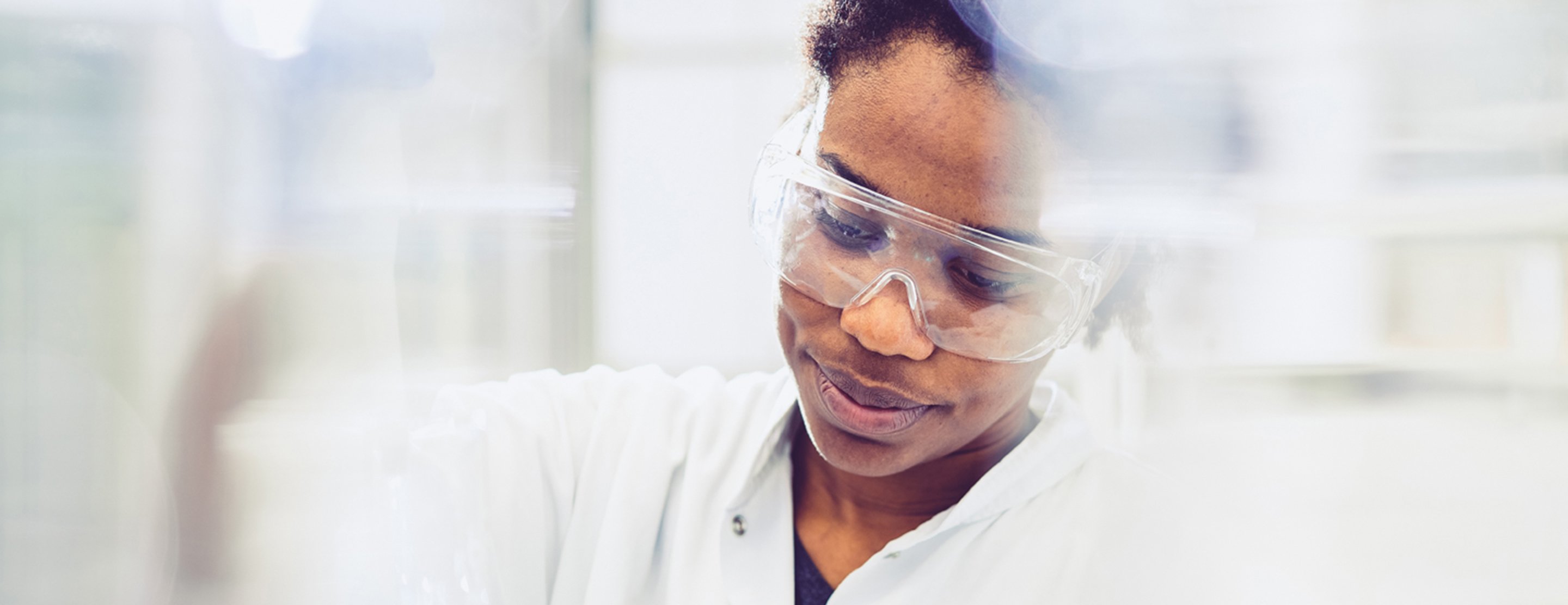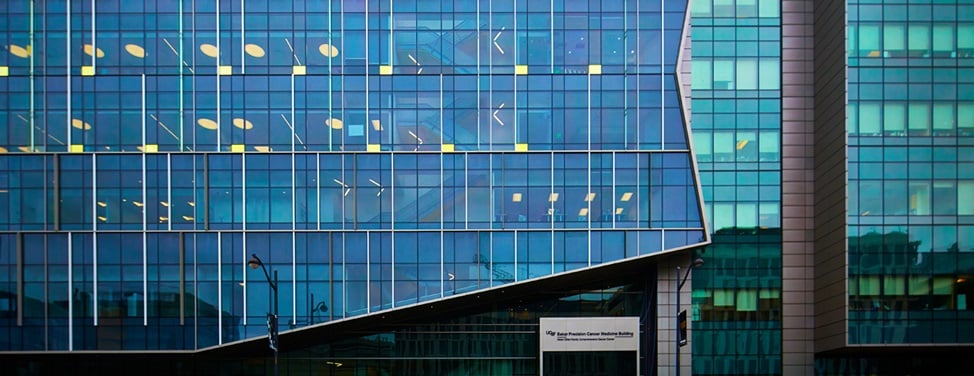
Biopsy for Breast Cancer Diagnosis: Fine Needle Aspiration
Your health care providers may refer you for a fine needle aspiration biopsy (FNA) if a lump is discovered in your breast. The FNA biopsy is used to assess the lump. In the past, this required a sometimes painful surgical procedure that involved a longer waiting period for the results. With FNA, a sample of the lump is obtained using a small, thin needle. The test often allows doctors to make a diagnosis within two to three days of the test.
How is the biopsy performed?
Your doctor will ask some questions about the lump:
- Where it is?
- How and when you first became aware of it?
- Have you noticed any changes in it?
Next, the doctor will feel the lump. Before the actual biopsy is performed the doctor will give you an opportunity to ask any questions or express any concerns you might have about the procedure. After all your questions and concerns have been addressed, the actual procedure will begin.
Holding the lump with one hand, the doctor will precisely sample the lump with a thin needle held in a needle holder, which provides greater control. Usually, two to three samples will be required from the lump to provide an accurate diagnosis. During the procedure, the doctor will usually leave the examination room with one of the slides to check that there is enough tissue to prevent the need for a second office visit.
How long does the procedure take?
Each sample takes about 10 to 20 seconds to obtain. The whole procedure from start to finish usually takes no more than 10 to 15 minutes. However, please allow an hour for your visit because of registration and possible waiting time in the office.
When will I get my results?
Generally, your results should be available from your surgeon's office in two to three working days. The results can be grouped into three categories:
- Clearly benign – not cancer
- Clearly malignant – cancer
- Non-definitive, less clear – most often, this will be followed by a surgical biopsy
How reliable is this test?
In the hands of a skilled FNA practitioner, this test is very reliable. In the instance of a clearly benign diagnosis, it may prevent you from undergoing surgery. In the case of a clearly malignant diagnosis, it quickly establishes the need for further treatment. In the less frequent occurrence of a non-definitive diagnosis, either repetition of the FNA or a surgical biopsy is usually recommended.
Our experience at UCSF Medical Center has demonstrated a 2 percent to 3 percent chance that a cancer may not be detected. This is why you will be asked to come back for a follow-up visit. We also take into account the result of any imaging studies, such as a mammogram or ultrasound scan, and how the lump feels to your doctor. By doing this, the chance of missing a cancer is reduced to less than 1 percent.
What complications might arise?
When carried out by an experienced practitioner, a fine needle aspiration biopsy is virtually free of significant complications. The most common complication is a slight bruising or tenderness of the area for a few days following the procedure. Discomfort should be relieved by an over-the-counter pain reliever such as Tylenol or the application of an icepack for short periods following your return home.
Please call the Breast Care Center immediately if you experience any of the following symptoms after your biopsy:
- Swelling that doesn't go away
- Continued bleeding
- A fever above 101° Fahrenheit (38.3° Celsius)
- Pain that doesn't respond to Tylenol or other non-aspirin products
UCSF Health medical specialists have reviewed this information. It is for educational purposes only and is not intended to replace the advice of your doctor or other health care provider. We encourage you to discuss any questions or concerns you may have with your provider.










